30+ Dark Documentaries
Please brace yourself for essentially every trigger warning imaginable before checking out this list of disturbing documentaries.
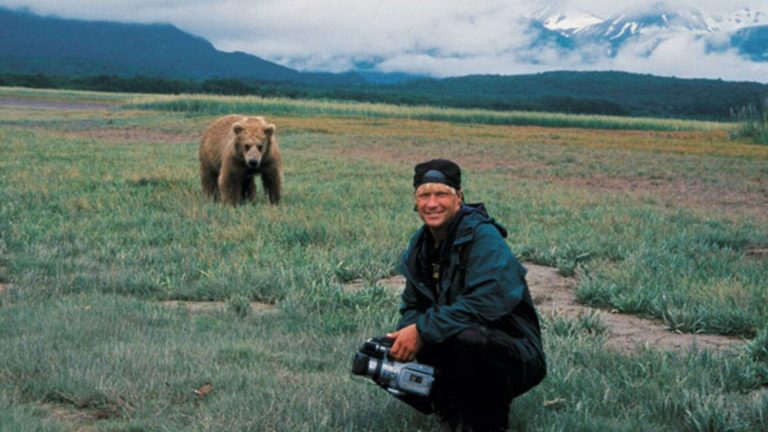
There’s nothing more visceral to experience on the screen than watching the horrors of real life unfold. There’s a type of unsettling documentary that has the power to evoke an intense emotional reaction or terrify you to the point that you lose sleep—a documentary as chilling as the scariest of movies. The “dark doc” category is eclectic in terms of topics—true crime, cults, human impact on the environment, animals and wildlife, the justice system, drugs, death, and religion. The limit truly does not exist in terms of explorations. What makes dark documentaries stand out from the rest is that they remind us that perhaps humans are the most monstrous of all.

Dear Zachary: A Letter to a Son About His Father (2008) is one of the most effective examples for this class of documentary. If you’re an avid fan of film, then you have experienced the immense pain associated with sitting through this documentary by Kurt Kuenne—and the incurable sadness that followed after. If you haven’t seen it, then know that the less you know going in, the more its message will resonate. Be warned that it’s not a documentary to be watched when one isn’t in their optimal mental and emotional state. It’s a piece of work that guts you and forever stays with you. Other types of disturbing documentaries that make effectual horror are docs like Faces of Death (1978), which serve as graphic portraits of death and the grotesque—films that might be best left unwatched.
Curated here are docs in the vein of the aforementioned films—documentaries so brutal that betcha you can them watch once.
Shoah (1985)
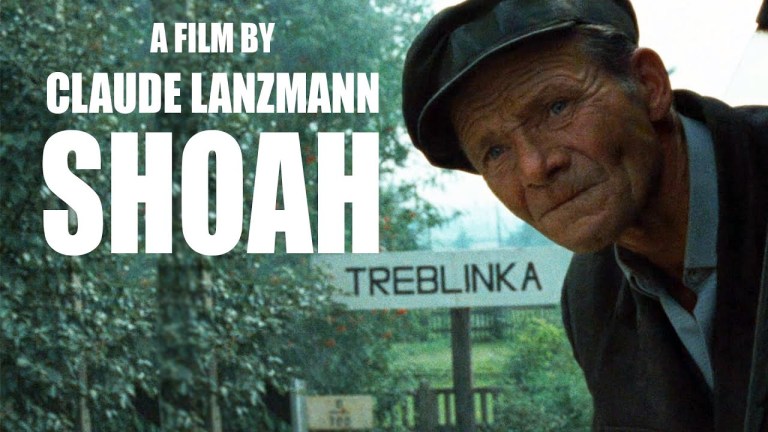
Shoah is an epic French documentary by Claude Lanzmann that spent over a decade in the making, with a long running time of nine hours. It’s an investigation into the atrocities of the Holocaust, taking an extraordinarily detailed look at concentration camps throughout the second World War. The archival footage used in this film makes it an unflinching watch. Lanzmann interviews survivors, perpetrators, and witnesses. It’s absolutely difficult to get through, but deserves its reputation as one of the best documentaries in history. The Guardian lauded it as the best documentary of all time in 2013, and Time Out did the same years later.
Hated: GG Allin and the Murder Junkies (1993)
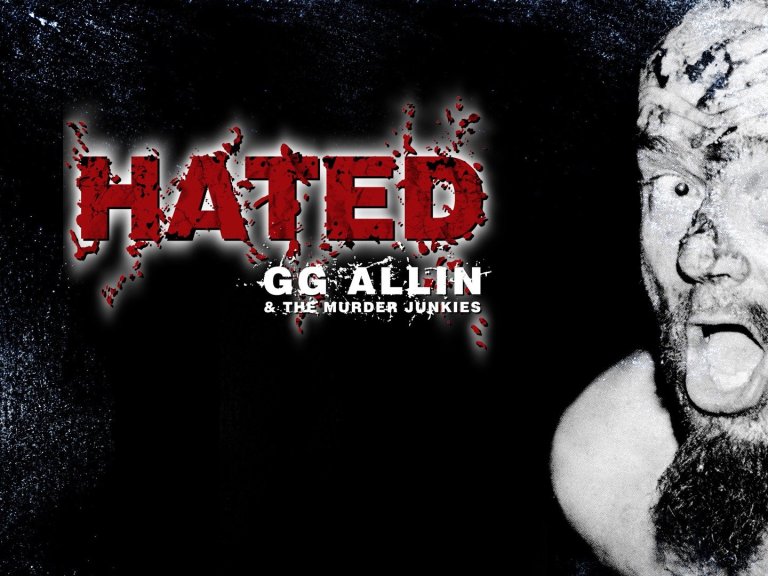
Hated is about GG Allin, a punk rock legend of the 1980s, notorious for the monstrous acts he would commit onstage and offstage. At his shows he’d showcase heinous acts of defecation, SA, physical battery, self-mutilation, and many other barbarities. The documentary is incredibly hard to finish because it depicts the depths of depravity one single man could have. It’s unyielding in its detail of his atrocities. Be warned that some topics explored in the documentary are not only disgusting, but triggering.
Paradise Lost (1996): The Child Murders at Robin Hood Hills

This is a well known documentary that was eventually followed by a sequel and a third installment. If you’re a true crime fan, then you’re probably already familiar with the West Memphis Three, three teenagers convicted of the murder of three young boys whose bodies were discovered in a ditch. Their conservative and mostly Evangelical community, as well as the victims’ parents, believed that they committed these killings as part of a Satanic ritual. The doc takes a hard look at the American justice system, the occult, and the horrific details of the case. Interestingly enough, this was the first time Metallica allowed their music to be used in a documentary. They did so because the three defendants were huge fans, and this fact played a major role in the trial. Other rock and rollers are known to have stood for their innocence.
Orozco the Embalmer (2001)

This is a Spanish-language documentary directed by Kiryotaka Tsurisaki. He travels to Colombia to witness the work of Froilan Orozco, an embalmer who has devoted himself to the dead for over 50 years. He works in a harsh, crime-ridden neighborhood where there is a lot of violence. Orozco the Embalmer is very much not for the fainthearted or those with weak stomachs. The doc doesn’t shy away from showing you everything that you’ll wish you never saw. There are many dead bodies, gore, and horrific moments jam-packed into 90 minutes. It is, however, about more than the grotesque side of death. What makes this a good documentary is that it serves as a character study of Orozco himself. It’s touching to learn that he provides closure for others.
Hell House (2001)
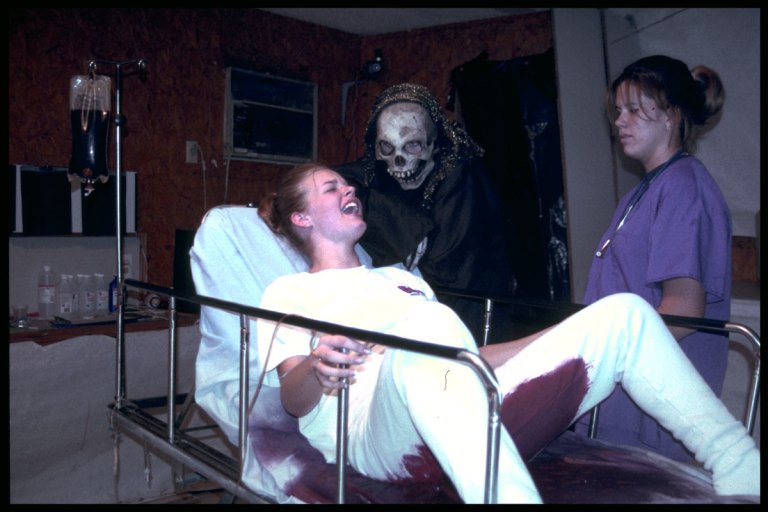
In Hell House, filmmaker George Ratliff takes a deep exploration into the disturbing phenomenon of Halloween “hell houses”—Christian fright fests and haunted house experiences created for the sole purpose of scaring people away from hell, sin, abortion, drug use, homosexuality, and other condemned behaviors. Ratliff chronicles a full performance season at the original hell house in Cedar Hill, Texas. The documentary also explores the creation of these hell houses and holds extremely personal interviews with the participants. This one will shock and anger you.
Grizzly Man (2005)

Timothy Treadwell and Amie Huguenard were passionate grizzly bear activists and wildlife preservationists who lived among the endangered grizzlies in Alaska during long camping trips. German director Werner Herzog relays their devastating story in Grizzly Man. He uses actual footage shot by Timothy over the last five years of his life to piece together the documentary, as well as interviews with those who knew him. This doc makes it to this list for one specific part—you don’t see anything, but you hear a little bit of what the filmmaker is listening to and it’s immensely traumatizing.
The Bridge (2006)

Huge, huge, huge trigger warning! The film crew of this controversial documentary spent an entire year filming the Golden Gate bridge and capturing actual people taking their lives. Be cognizant that a lot of this horrific footage ended up in the documentary, which makes it one of the heaviest on this list. It features interviews with the families of some of the identified persons who jumped from the bridge. While the film caused uproar and sparked debate about the ethics of intervention, others praised it for highlighting mental health. Jim Emerson writes for Roger Ebert:
The Bridge is neither a well-intentioned humanitarian project, nor a voyeuristic snuff film. It succeeds because it is honest about exhibiting undeniable elements of both. It’s a profoundly affecting work of art that peers into an abyss that most of us are terrified to face—not just the waters of the bay, but the human mind—and reflects on the unanswerable question: What makes someone take that leap into the void?
Jesus Camp (2006)
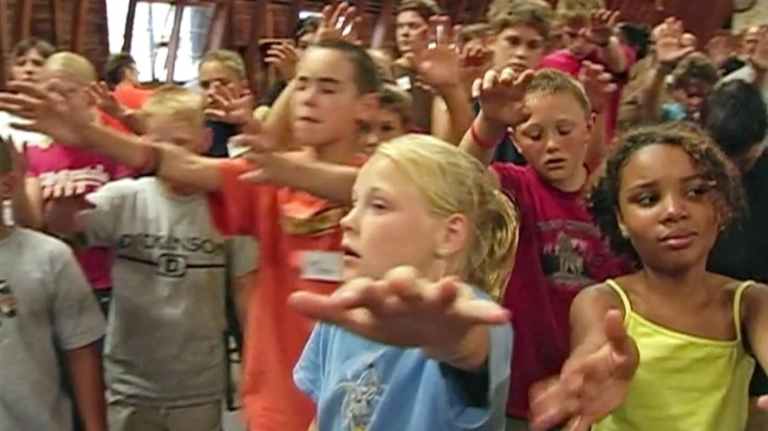
Jesus Camp highlights the horrors of Christian indoctrination and American Evangelism. The documentary takes the viewer into the lives of children attending Kids on Fire School of Ministry, where they’re taught that they have special gifts and must fight to “take back America for Christ.” As stated in the doc, this community holds the firm and dangerous belief that “there are two kinds of people in this world, people who love Jesus and people who don’t.” The main subject is 12-year-old Levi who aspires to one day become a preacher. It also focuses on the camp’s horrific founder, Becky Fischer. The camp was actually shut down after the release of the film. It’s no surprise, given the abuse these kids were subject to.
Cropsey (2009)
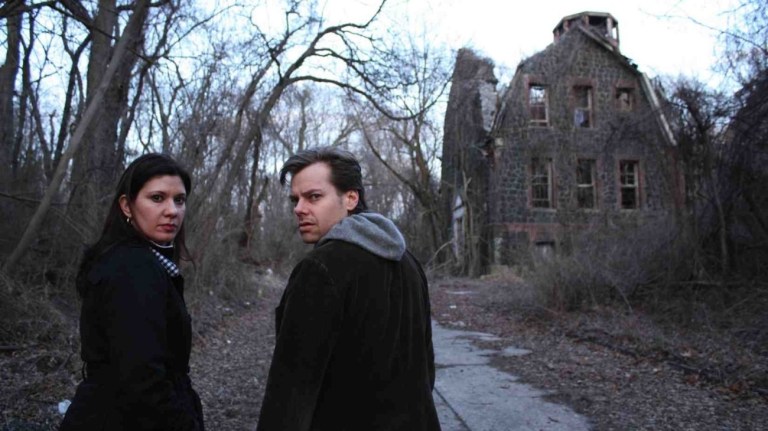
Cropsey follows a couple of investigators looking into the disappearances of five children from their hometown and the urban legend associated with them. Supposedly, Cropsey was a homicidal maniac that escaped from a mental asylum and had a hook for a hand. According to legend, he hunted children and took them to the tunnel system beneath the abandoned Seaview Hospital in Staten Island. The documentary takes you on a wild ride and leaves you with an unsettling and heartbreaking conclusion. Don’t look too much into it before watching.
The Dancing Boys of Afghanistan (2010)
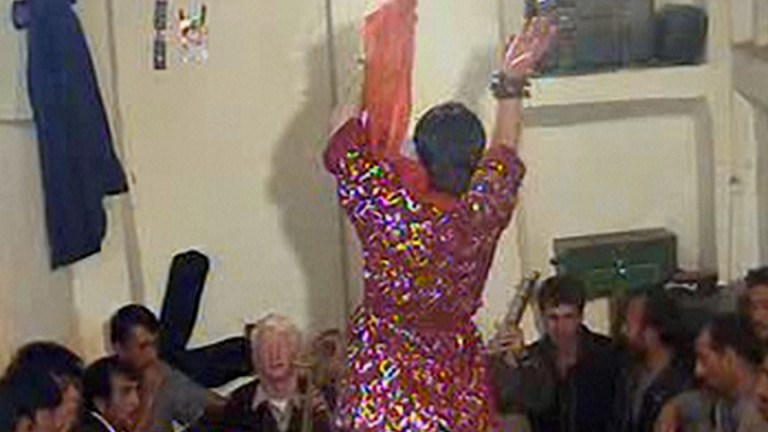
The Dancing Boys of Afghanistan is excruciating to sit through and calls for pause breaks even in its short 52 minutes. This documentary explores the horrors hundreds of Afghan boys face in the Bacha bazi (or bacchá) practice, in which they’re trained to be dancing boys for powerful and depraved men. Essentially, these young and vulnerable children are victims of sex slavery. It details many cases of CSA, so proceed with caution. You’ll be left disheartened in the world and utterly full of rage after watching.
Mea Maxima Culpa: Silence in the House of God (2012)
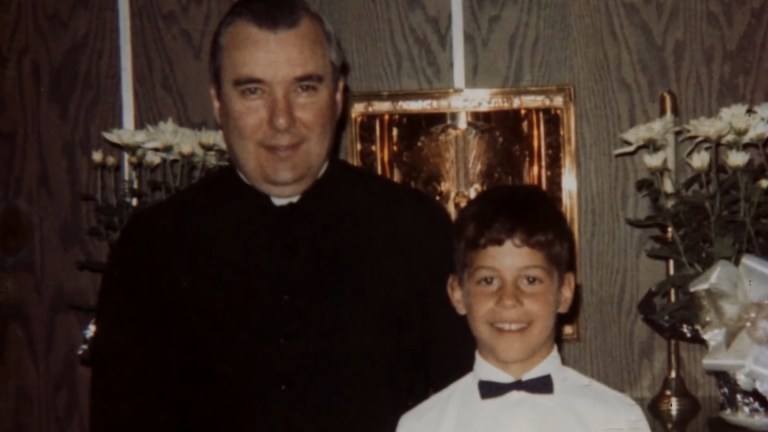
Filmmaker Alex Gibney explores the terrible crimes committed against children by priests and the Roman Catholic Church’s involvement in covering up these heinous offenses. The primary focus is on a group of men who were abused as kids at a school for children with hearing disabilities run by the church. The victims are Terry Kohut, Gary Smith, Pat Kuehn, and Arthur Budzinski—voiced by actors Jamey Sheridan, Chris Cooper, Ethan Hawke, and John Slattery, respectively. The doc also showcases the public protest they brought forth, which led to the sexual abuse scandal in the Milwaukee Archdiocese. Priest Lawrence Murphy is believed to have abused over 200 children at that school. It’s difficult to watch, but incredibly important.
The Act of Killing (2012)
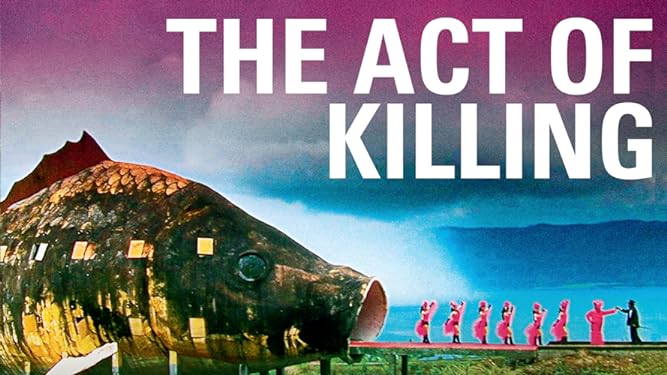
This is a present day exposition of the atrocious mass killings of people accused of communism in Indonesia from 1965 to 1966, a genocide that led to almost 1 million people being massacred. It centers around the men responsible for carrying out these evil executions, featuring a death squad leader responsible for over 1,000 deaths. Filmmakers challenge these perpetrators to reenact their killings. Displaying how easily human beings can be turned into monsters, this documentary will unsettle and hurt you.
Kids for Cash (2013)
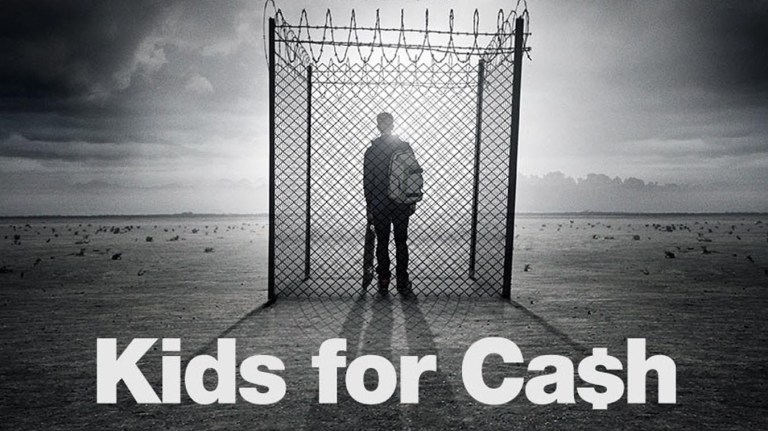
Kids for Cash teaches you not to put your absolute faith in the government that is supposed to protect you and maintain law and order. Highlighting corruption in the justice system, it centers around a judge who was once well respected in his field in Wilkes-Barre, Pennsylvania. It turns out he was receiving massive kickbacks for sending kids to prison for minor offenses. Enraging and eye-opening, it currently holds a critic score of 92% on Rotten Tomatoes.
Holy Hell (2016)

Made by filmmaker Will Allen, Holy Hell documents the Bhuddafield cult, a Los Angeles “spiritual” group he spent 22 years of his life with. He delves into all his experiences, from how he became involved initially to his day-to-day life there. The documentary also focuses on the cult leader, Jaime Gomez, also known as Michel. He subjected his followers to horrific accounts of abuse. Allen uses footage shot during his time as the cult’s videographer, as well as interviews with former and current members. It makes for a grim watch.
The Family I Had (2017)
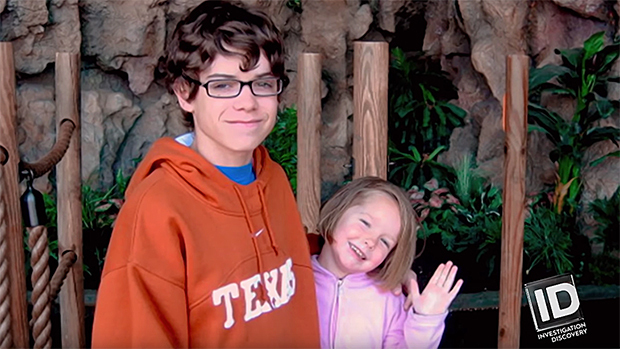
In The Family I Had, filmmakers Carlye Rubin and Katie Green highlight an inmate who was sentenced to 40 years in prison for the murder of his little sister. He was only 13 years old at the time of the brutal crime. It’s a painfully hard documentary to get through because the wickedness depicted here comes from a child. The mother relays the horrific series of events that imploded her seemingly idyllic family. It’s a powerful story of grief, love, forgiveness, and the juvenile justice system—one that reaches deep into the soul.
More dark documentaries:
Experiments in the Revival of Organism (1940) unwatchable film that documents the research into the resuscitation of clinically dead organisms by a team of Soviet scientists (dog lovers please steer clear).
Night and Fog (1956) one of the most harrowing documentaries to exist. It follows a film crew visiting concentration camps after the Second World War and doesn’t shy away from depicting real suffering and death.
Titicut Follies (1967) showcases the atrocious mistreatment of people at a Massachusetts mental health facility. The documentary will chill you and make you feel ashamed of being a human being. It holds a critic score of 100% on Rotten Tomatoes.
Juvenile Liaison (1976) a British doc centering around the heinous treatment of juvenile delinquents in the late 1960s that was banned for 15 years due to pressure by the police.
Fourteen Days in May (1987) a bleak documentary centered around a Black man on death row who was wrongfully convicted of rape and murder. It takes a harsh look at the broken American justice system.
Child of Rage: A Story of Abuse (1990) a married couple adopts a pair of siblings and the sister starts displaying increasingly disturbing behavior. The new parents have no idea of the previous horrific abuse endured by the young girl. This documentary isn’t one you should go into lightly. It’s graphic and deeply upsetting.
Black Tar Heroin: The Dark End of the Street (2000) follows a group of people suffering from heroin addiction and living on the streets in San Francisco.
Capturing the Friedmans (2003) a seemingly perfect family has their grim secrets exposed.
Earthlings (2005) covers a whole range of subjects that have to do with global warming and doesn’t shy away from what it’s like for animals living on meat farms.
The Cannibal That Walked Free (2007) centers around a convicted killer who killed a woman, was set free, and became a celebrity who wrote books about his crime.
The Cove (2009) a documentary that delves into dolphin hunting and shouldn’t be played by those who can’t bear to see animals suffer.
There’s Something Wrong With Aunt Diane (2011) an exploration of the tragic 2009 Taconic State Parkway crash that took the lives of eight people.
I Am Alive: Surviving the Andes Plane Crash (2010) a rugby team whose plane crashes in the Andes has to survive off the bodies of the people who passed away in the accident.
Goodnight, Sugar Babe: The Killing of Vera Jo Reigle (2013) a young mentally disabled woman is found dead with her body mutilated.
1984 San Diego McDonald’s Massacre: 77 minutes (2016) an extremely upsetting documentary about one of the worst mass shootings in American history.
Abducted in Plain Sight (2017) a couple is so sure their neighbor cannot possibly be a predator they allow him to abduct their daughter twice.
Girl in the Picture (2022) a well-made and deeply unsettling Netflix documentary about a girl abducted by a federal fugitive.
